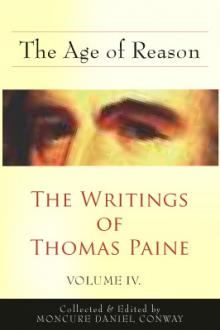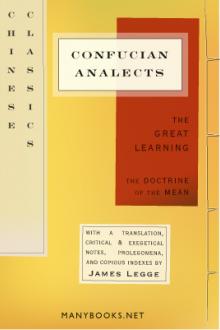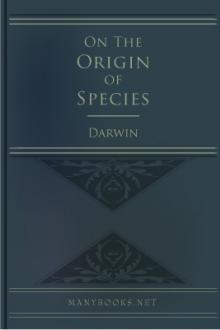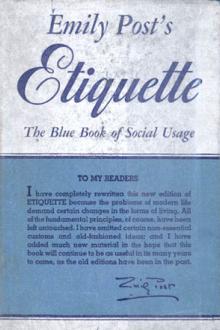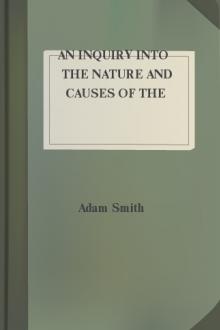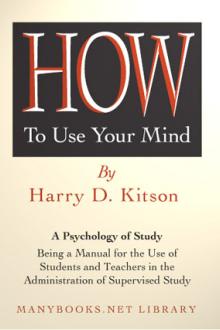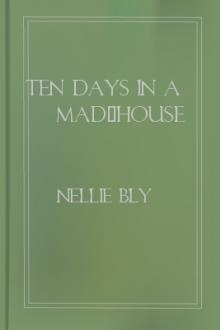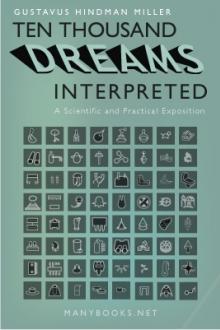The Common Law
The Common Law
Book Excerpt
personal violence seem to have been confined to intentional
wrongs. Glanvill /3/ mentions melees, blows, and wounds,--all
forms of intentional violence. In the fuller description of such
appeals given by Bracton /4/ it is made quite clear that they
were based on intentional assaults. The appeal de pace et plagis
laid an intentional assault, described the nature of the arms
used, and the length and depth of the wound. The appellor also
had [4] to show that he immediately raised the hue and cry. So
when Bracton speaks of the lesser offences, which were not sued
by way of appeal, he instances only intentional wrongs, such as
blows with the fist, flogging, wounding, insults, and so forth.
/1/ The cause of action in the cases of trespass reported in the
earlier Year Books and in the Abbreviatio Plaeitorum is always an
intentional wrong. It was only at a later day, and after
argument, that trespass was extended so as to embrace harms which
were foreseen, but which were not the intended consequence of the
defendant'
Editor's choice
(view all)Popular books in Reference, Non-fiction
Readers reviews
0.0
LoginSign up
Be the first to review this book
Popular questions
(view all)Books added this week
(view all)
No books found
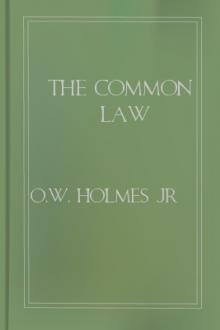
 Free Download
Free Download














